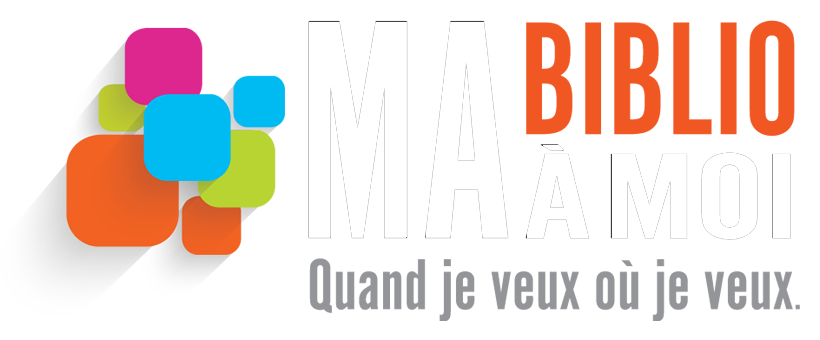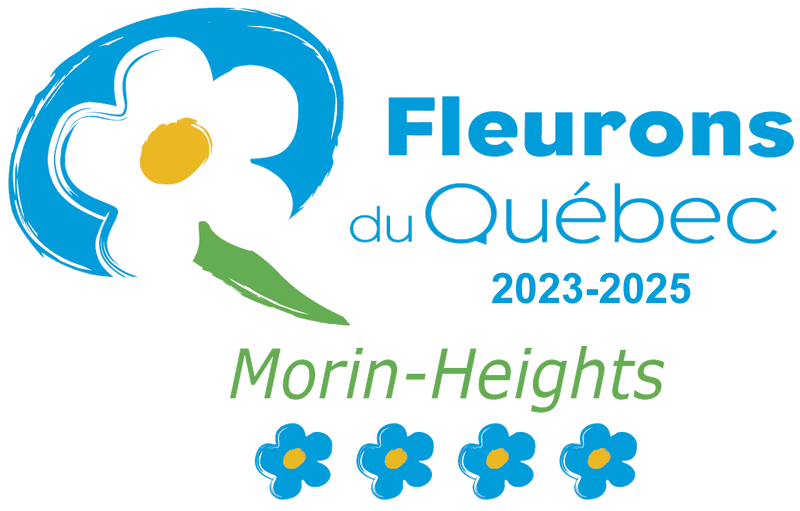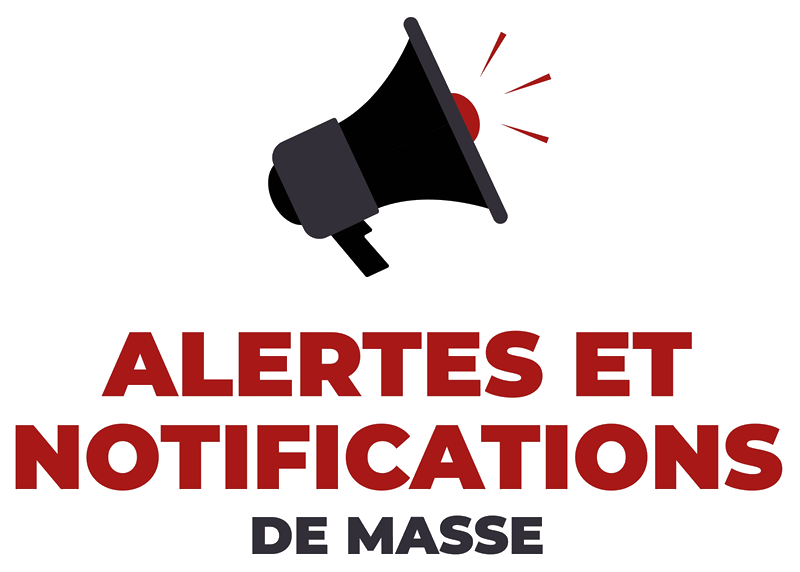Municipal drinking water networks
The Municipality operates six drinking water networks serving approximately one thousand four hundred individuals throughout the territory. The Municipality applies a user-payer policy for taxation purposes regarding this service.
Control and maintenance of these networks is the responsibility of the Public Works Department. According to provincial regulation on drinking water standards, the personnel is trained by and has been granted authority to act by the Sustainable Development, the Environment and Parks Ministry.
The Public Works Department is responsible for monitoring the quality of our drinking water. Each year, more than 125 000 tests are done, covering 350 differents parameters to guarantee a healthy and clear drinking water supply for all network users. These controls cover a wide array of parameters supplying us with information on the physical, mineral, organic, microbiological and radiological nature of the water. The results are then analysed to ensure the quality of our water is maintained as it passes through the distribution network to reach homes and businesses on the territory.
Please note that all samples taken are analysed by an independant laboratory certified by the Sustainable Developpement, the Environment and Parks Ministry.
If a test fails, a boiling notice is promptly posted on the web site, an Emergency notification will appear, and a public notice will be posted at strategic points in the Municipality (Town Hall, Post office, churches). Further, the organisations as well as the businesses affected are directly informed by phone.
By-law regarding use of treated water
Upcoming (By-law 649-2022)
Québec’s Water: a resource to be protected
The Québec Water Policy was released in 2002.
Since then, the regulations have become stricter in many aspects and the Government has given Municipalities the mandate to enforce the law.
Consult the Ministry of Sustainable Development, the Environment and Parks’ website for valuable information regarding water.
Conserving water for future generations
Gestures which make a difference
- Using a solar blanket for your pool helps reducing up to 90 % of the pool’s water loss;
- Making sure the taps are turned off is a simple way to avoid wasting water; a leak can represent a 450-liter loss a day;
- Conserve a water pitcher in the fridge instead of letting the water run unnecessarily;
- Avoid cleaning roads, sidewalks, and your private driveway;
- Don’t water the lawn unnecessarily and your neighbours will do the same. Once a week is sufficient to re enforce the roots system. Each individual consumes about (1) litre of water a day while we are using more than 1000 litres per hour for the lawn.
Fire-hydrant verification and flushing of the water main
The Public Works & Infrastructures Department flushes fire-hydrants and mains annually. This operation allows them to rinse the pipes and maintain a tasteless and colorless water.
Furthermore, during this operation, the Public Works department visually inspects all fire-hydrants and checks their components. This program is also in place to ensure that fire-hydrants are in good working order should the Fire Department need to use them.
To empty a main or determine if a fire-hydrant supplies the required debit needed to fight a fire, the verification team must open the hydrant valve and let the water out at a very high debit.
This routine maintenance can cause of temporary minor inconvenients for users. It might dislodge sediments which may rest in the pipes and introduce air in the line, often resulting in a whitish color. The operation can also have for effect to reduce water pressure from the taps, but this should only occur during the purge and get back to normal when it is completed.
What to do if you notice a pressure drop or air in the pipes?
- If you notice a drop in pressure, we recommend turning your taps off for a 10 to 20 minute period, and avoid doing laundry while the team is purging the conduits. This should give them enough time to complete the operation. When the team has left your area, open preferably the bathtub COLD water tap or any other COLD water tap and let it run a few minutes to flush the pipes.
Peripheral networks
The peripheral networks, per sector, are supplied by artesian wells and underwent work through an upgrade program in order to bring them up to standards to meet the new provincial government norms on drinking water supply.
These networks, built in the 1970 are essentially designed to distribute drinking water and are not designed to supply water for fire protection.
New Water Intakes
At the time of a construction permit being requested, The Town Planning Department will inform the citizen, should this happen, on the steps to take and related costs for a new hook-up.
Water Intakes Repair
Citizens requiring a water supply interruption to complete work at their residence or business need to inform Public Works at least 24 hours in advance. Please make sure the work will be done during regular business hours, otherwise additional costs may be invoiced.
Emergency interruption
Should you face an emergency situation and need a water supply interruption after hours, please dial 9-1-1.
Information on water consumption
The Environment Department oversees the Water Conservation Program from Réseau-environnement, which promotes sensible ways to conserve water and provides other related information. Here are some statistics on water use:
- 65 % of the water we use in the home is in the bathroom (showers and baths represent 35 %; toilets 30 %);
- 15 % of the water we use in the home is in the kitchen;
- 12 % is used to clean and launder;
- One flush of the toilet uses between 20 and 25 litres of water;
- In one year, a one drop per second leak translates to about 10 000 litres of wasted water or approximately 210 5-minute showers;
- A dishwasher uses 60 litres per load;
- An opened bathroom tap uses between 10 and 20 litres of water per minute;
- The average washing machine uses 140 litres per load;
*80 % of the Earth is covered in water, but only 1% of it is available for consumption.
Document list
Bilan annuel de la qualité de l’eau potable par secteur - 2023 (French only)
Bilan annuel de la qualité de l’eau potable par secteur - 2018 (French only)
Bilan annuel de la qualité de l’eau potable par secteur - 2019 (French only)
Bilan annuel de la qualité de l’eau potable par secteur - 2020 (French only)
Bilan annuel de la qualité de l’eau potable par secteur - 2021 (French only)
Bilan annuel de la qualité de l’eau potable par secteur - 2022 (French only)
Rapport technique : Analyse de vulnérabilité des installations Riverview
The Town Hall is opened from
Monday to Thursday
8:30 to 12:00 and from
12:45 to 16:30, and Friday
from 8:30 to 12:00
567, chemin du Village
Morin-Heights (Québec)
J0R 1H0
Telephone : 450 226-3232
Fax : 450 226-8786
municipalite@morinheights.com








